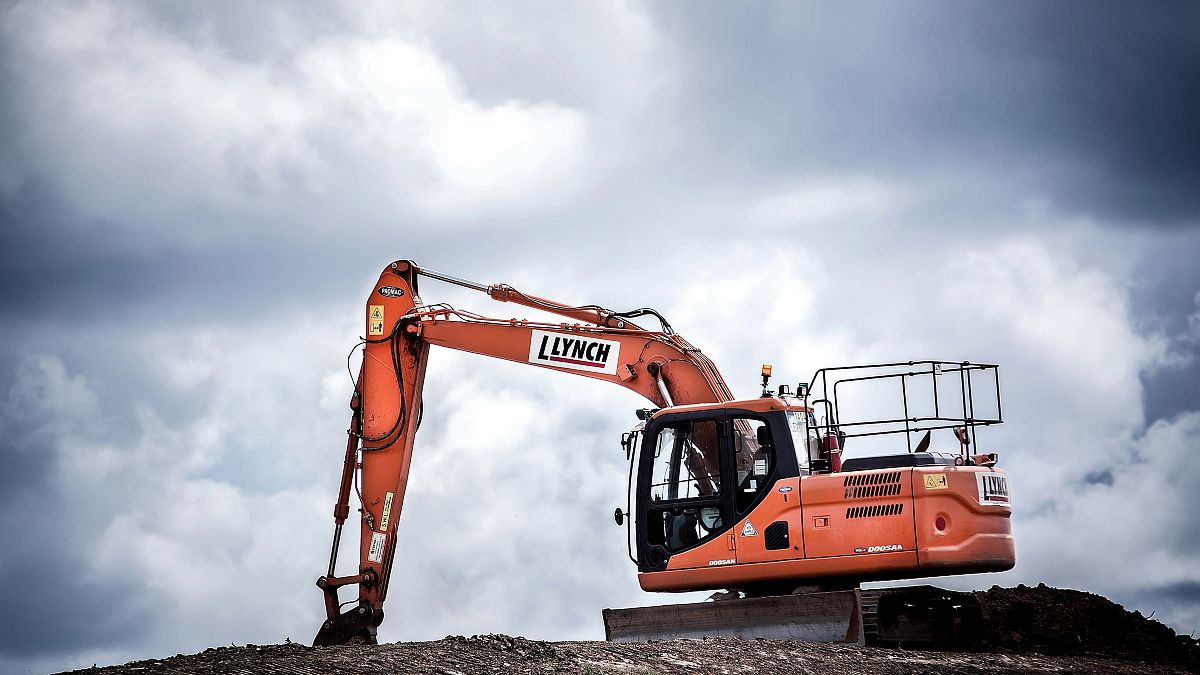ING reveals which European countries’ construction sectors are bouncing back and which are still a little slow to pick up.
Dutch bank ING has recently released its EU construction outlook report, indicating that a significant decrease in the sector’s activity is expected this year. However, construction growth is likely to rebound next year.
The report said: “We expect a decrease in construction volumes this year (-1.5%). This is down on our previous forecast (-0.5%), mainly because of revised Eurostat data."
The European data office recently upgraded the 2023 EU construction figure from 0.1% to 1.4%. Growth has therefore lasted longer than expected, and as a result, the decline started later, leading to a larger-than-expected contraction in 2024.
“However, the optimistic signs - noted in our previous forecast - are becoming more visible. House prices are increasing further in many countries and the issuance of building permits has risen.
"In addition, at the beginning of the construction value chain, it looks like the producers of building materials (eg. concrete, cement and bricks) have passed the lowest point of production volumes.”
Longer lead times have also contributed to reducing non-residential and residential building volumes as both corporate and individual buyers have been holding back on investing in new properties.
On the other hand, the renovation subsector, which also includes sustainability works, is expected to see demand increasing for the rest of the year, as well as in 2025.
This is also likely to be the case with infrastructure investments, with growth primarily supported by power grid expansions, digital infrastructure investments and the green transition.
In 2025, along with these trends, the housing market is expected to pick up and more building permits for new homes to be issued.
This is also likely to fuel a boost in the construction sector.
France and Germany continue seeing lagging construction volumes
German construction volumes dropped 2.6% in the second quarter of the year, reversing growth seen in the first quarter.
The country also saw the construction sector weakening from 2021 to 2023, with this trend likely to continue for the rest of this year as well.
The report said: “In August, German contractors were the most pessimistic among major EU countries. The continued drop in building permits for new residential projects in the first quarter of 2024 highlights ongoing difficulties.
“However, the civil engineering sector in Germany offers some relief. The country’s infrastructure is in poor condition, and investments in roads and digital infrastructure are driving some growth in this subsector.”
ING also estimates that France’s construction output will fall by -1.0% this year, mainly because of the country’s contractor sentiment still not having recovered from last year’s weakness.
Building permits for new houses are also being issued at a relatively slower rate, while lagging house prices are discouraging new developments.
Netherlands sees housing market bounce back, while Spanish construction growth soars
The Dutch housing market recorded more building permits issued early this year, along with rising sales of newly built homes. Both these trends pointed to a recovering housing market.
However, the construction output market is expected to reduce by 3% this year, still being pressured by last year’s fall in new home sales and building permits.
Spain’s construction sector advanced a robust 4.5% last year, while steadying in the first half of this year. This was mainly due to both non-residential and residential permits being developed at a good pace in the first quarter of 2024.
However, with production output numbers plunging 25% between 2019 and 2022, Spanish construction companies are still struggling.
The report said: “The EU’s recovery fund investments in the Spanish construction sector are positive as well.
"Therefore, we expect further growth in the Spanish construction sector in 2024 and 2025, but at a slower pace compared to 2023.”















